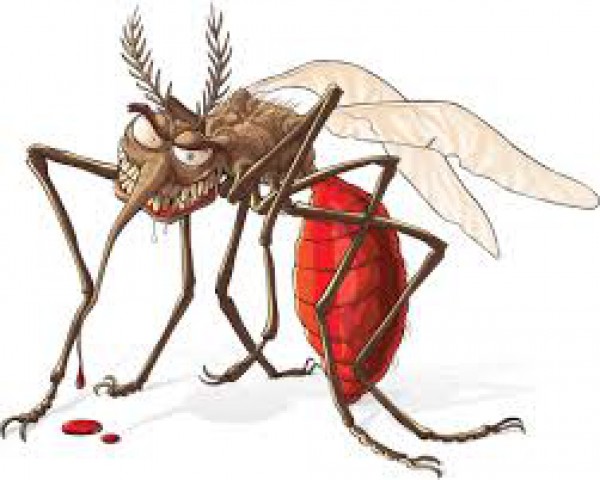Meiotic Drive and Malaria

December 4, 2015
As a graduate student in Seattle during the 1960s, I was enthralled by lectures on “meiotic drive”, given by one of my professors, Larry Sandler, in the Department of Genetics at the University of Washington.
Ordinarily when a gene is present in an individual in two alternate states or alleles, it is referred to as being heterozygous. When these individuals produce gametes, sperm or egg, there will be a 50/50 distribution of the two allelic types. This is one of Mendel’s fundamental laws of genetics, so it was amazing to find that in some cases it is violated. Sandler and his colleagues had worked with different strains of Drosophila which they designed to carry a region on the chromosome that caused unequal segregation, such that it was over represented in the offspring.
It occurred to me (and I’m sure to a lot of other people) that this was a mechanism that could spread a gene through the population, even if the individual carrying the gene were at a selective disadvantage. I was sure that it would have practical applications although I could not fathom what they were.
Fifty years later, scientists are finally making good on this notion (see SCIENCE 350:1014, 2015). They are experimenting with gene drivers associated with antibody genes for malaria resistance. Inserting these genes (from mice) into mosquitoes can make the mosquito immune to the malarial parasite and unable spread the disease. But the meiotic drive locus forces the gene to expand throughout the population, even though it gives no selective advantage to the individual that carries it. Eventually it can come to dominate the population and those individuals that carry the gene could out compete those that lack the antibody genes and the meiotic drive locus.
There are many problems with applying this concept in the real world, not the least of which is the risk involved in introducing a genetically engineered organism into the unrestricted environment, so it will be years (if ever) before this approach can be used to control malaria.
But it’s great to see that such an original concept has finally seen the light of day.
Comments
Submit a Comment
Please be sure to fill in all information. Comments are moderated. Please no link dropping, domains as names; do not spam and do not advertise.

 RSS Feed
RSS Feed
There are currently no comments